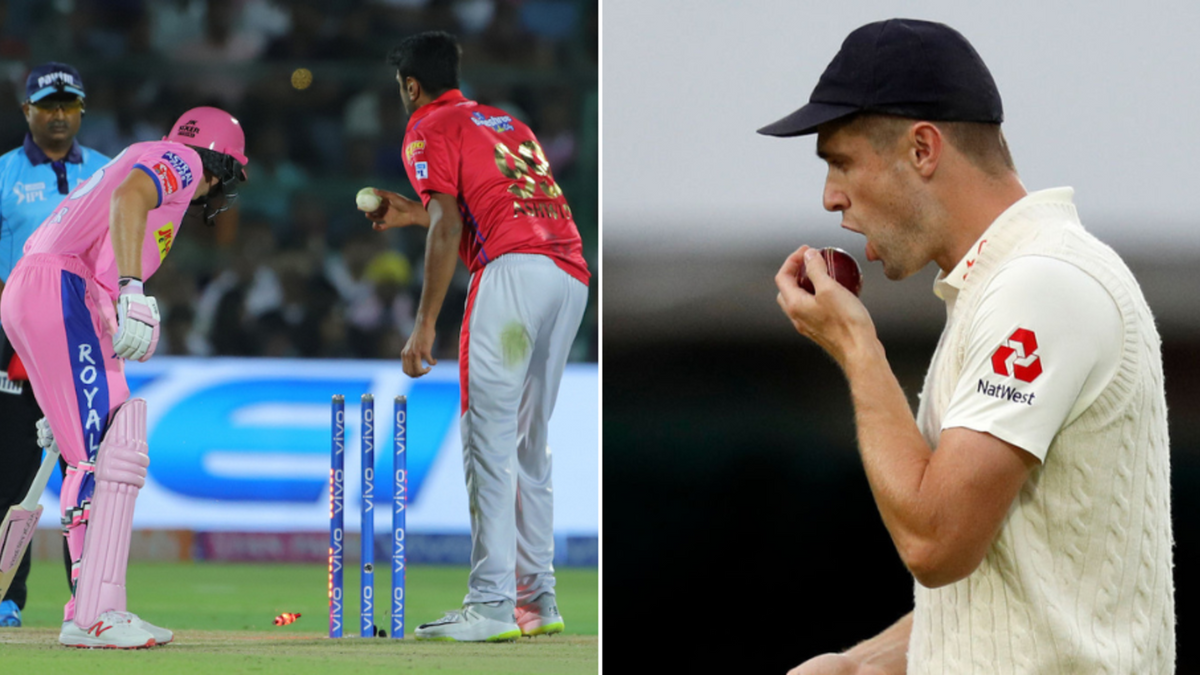
The International Cricket Council (ICC) announced multiple changes to its Playing Conditions, to be effective from October 1, 2022.
These were accepted by the Chief Executives’ Committee (CEC) based on recommendations from the Men’s Cricket Committee, which were endorsed by the Women’s Cricket Committee. Earlier this year, the MCC revealed several law changes to come into action from October 1, with many of the ICC playing conditions updates a reflection of these tweaks.
The key changes are as follows:
Batters returning when caught
When a batter is out Caught, the new batter will come in at the end the striker was, regardless of whether the batters crossed prior to the catch being taken.
The law had already been implemented at some levels, most prominently in the 2022 edition of the Indian Premier League. In the long run, the law is likely to influence the decision-making of the big hitters, particularly in the death overs – where the bowling side almost always prefers to bowl as many balls as possible at the incoming batter.
Use of saliva to polish the ball
This prohibition has been in place for over two years in international cricket as a Covid-related temporary measure and it is considered appropriate for the ban to be made permanent.
The COVID-19 pandemic forced the ICC to implement several changes to the Laws of cricket in 2020. These included a stop to the age-old tradition of use of saliva by the fielding side to maintain the shine on the cricket ball. Since cricket has gone on without much fuss since the ban, the ICC has decided to make the ban permanent.
Incoming batter ready to face the ball
An incoming batter will now be required to be ready to take strike within two minutes in Tests and ODIs, while the current threshold of ninety seconds in T20Is remains unchanged.
Time-wasting has been a perennial issue in cricket, particularly since the 1980s. Earlier, the stringent rules were restricted to Twenty20 Internationals, where the batting side typically waited in the dugouts. It has now been extended to the two longer formats as well, though the batters get half a minute extra. A welcome change.
Striker’s right to play the ball
This is restricted so as to require some part of their bat or person to remain within the pitch. Should they venture beyond that, the umpire will call and signal Dead ball. Any ball which would force the batter to leave the pitch will also be called No ball.
In the early days of the free hit, Brad Haddin once took guard behind the stumps to encounter Shoaib Akhtar. That, and other similar bizarre attempts, have now been thwarted.
On the other hand, if a ball is so wide that the batter has to leave the crease in order to play it, the umpire will call it a no ball (and not a wide), which will result in a free hit.
Unfair movement by the fielding side
Any unfair and deliberate movement while the bowler is running in to bowl could now result in the umpire awarding five penalty runs to the batting side, in addition to a call of Dead ball.
These are now part of Law 41.4 (Deliberate attempt to distract striker), and rightly so. However, it now comes with an added specification (“while the bowler is running in to bowl”).
Running out of the non-striker
The Playing Conditions follow the Laws in moving this method of effecting a Run out from the ‘Unfair Play’ section to the ‘Run out’ section.
A change long overdue. The late Vinoo Mankad’s family, particularly his son, the recently deceased Rahul Mankad, were not comfortable with the mode of dismissal (informally called Mankading) being labelled as Unfair Play. It is worth noting, however, that it is not the ‘Mankad’ dismissal that was formerly labelled as Unfair Play, but the act of the non-striker leaving their crease before a ball has been bowled.
Bowler throwing towards striker’s end before delivery
Previously, a bowler who saw the batter advancing down the wicket before entering their delivery stride, could throw the ball to attempt to Run out the striker. This practice will now be called a Dead ball.
An attempt not very common in cricket. Batters do step out from time to time, but seldom do bowlers attempt to throw down the stumps before entering their delivery strides.
Other major decisions
The in-match over-rate penalty
In January 2022, a new rule was introduced in T20Is. If a team failed to bowl their overs in time, they had to bring in additional fielder inside the circle for the overs they bowled after the stipulated time. This probably impacted the outcome of at least one match at this year’s Asia Cup. The change will now be implemented in ODIs as well, albeit after the completion of the ongoing ICC Men’s Cricket World Cup Super League.
Hybrid pitches
Hybrid pitches have been used in women’s Twenty20 Internationals for some time. If both teams agree, they can now be used for both ODIs and T20Is for both men and women.







